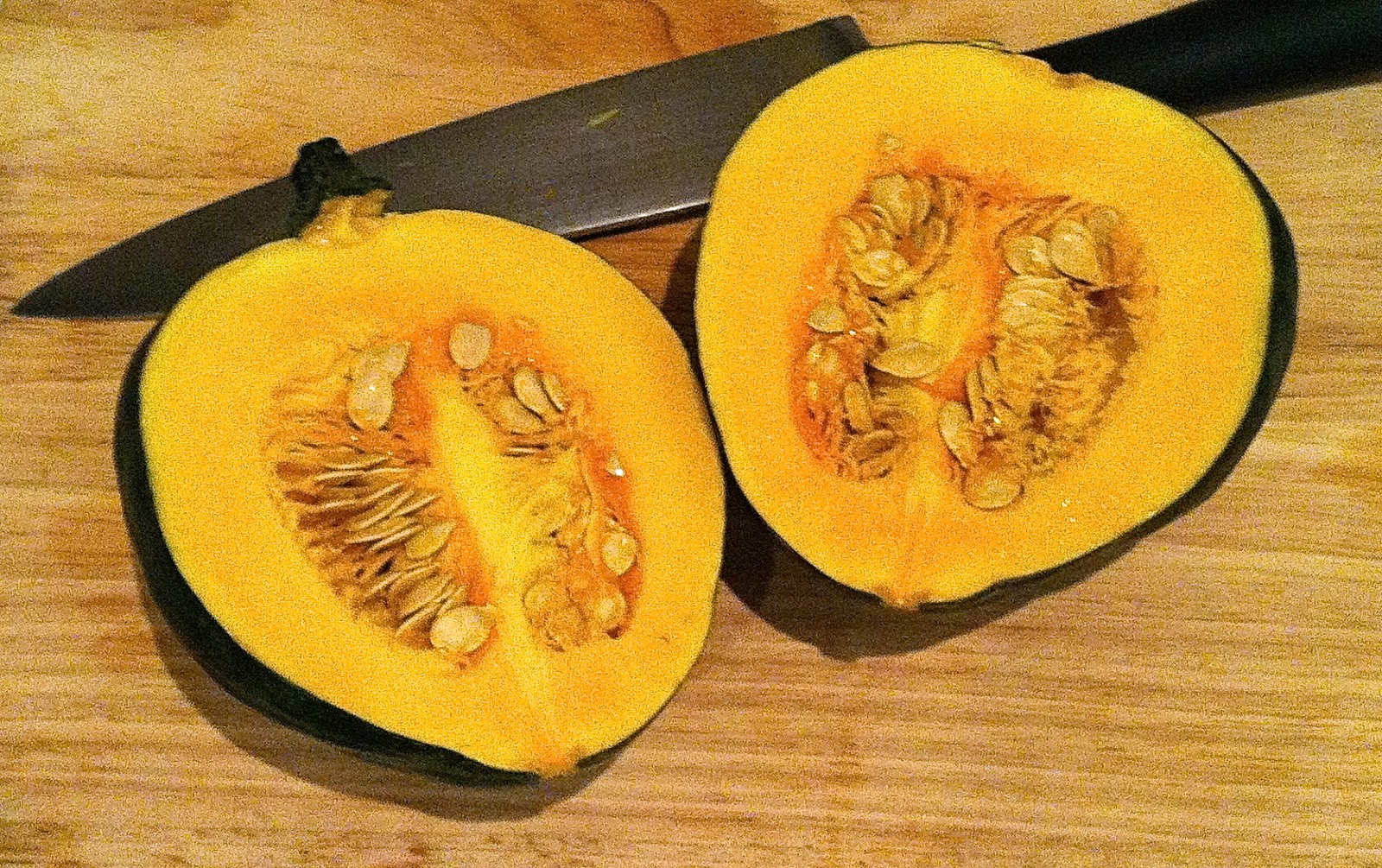We've all heard it before, breakfast is the most important meal of the day. It really is! This is where you have the chance to get important nutrients in and set the stage for the rest of the day. Do you want to start your day off with a good quality, balanced meal or with a blood sugar spike, followed by a crash?
Most American breakfast foods are high in sugar and refined carbohydrates, high in caffeine, low in nutrients, and don't provide sufficient energy to sustain us through the morning. A good breakfast should be nutrient-dense and should balance blood sugar. A protein-based breakfast is key in order to sustain energy and stay full longer. Protein sources include: eggs, plain yogurt, cheese, nuts, nut butters, seeds, meats, and protein powders (Without genetically modified ingredients or sugar additives. If it contains soy-lecithin, look for "non-GMO").
Breakfast can be anything you want it to be as long as it has the right ingredients. Try having left overs for breakfast (keeping portion size in mind) if you're not big on "breakfast foods." For example, a green salad with fish or chicken is a great option.
My favorite way to start the day is with a high nutrient smoothie. It's the fastest and easiest way for me to get everything I need in the morning. I choose a source of protein and throw in some herbs, vegetables, fruit, and spices to make a delicious meal. Liquids are also easier to digest than solid foods, so it's not a bad idea to give your digestive system a break every now and then.
Below are some smoothie recipes to try. Don't be afraid to play with ingredients and get creative to accommodate your tastebuds.
Strawberry, Spinach, and Chia Smoothie

Ingredients
1/2 cup kefir or yogurt
1/4 - 1/2 cup almond milk or water
5 ice cubes
1 cup spinach
3/4 cup strawberries
1/2 cup cilantro
1 large hard boiled egg
1 Tablespoon chia seeds
1 teaspoon cinnamon
1 Tablespoon ground flax seeds
pinch sea salt
Procedure
- Place all ingredients in a blender and blend until smooth. Enjoy!
Almond Butter, Cacao, and Kale Smoothie
Ingredients
1/2 cup yogurt or kefir
1/2 cup almond milk or water (less for a thicker smoothie)
5 ice cubes
1/2 cup berries (blueberries, blackberries, raspberries, strawberries)
1 cup kale
2 celery stalks
1 1/2 Tablespoon almond butter
1 Tablespoon raw cacao powder
1 teaspoon cinnamon
1/2 teaspoon vanilla extract
pinch sea salt
Procedure
- Place all ingredients in a blender and blend until smooth.
Beet, Cucumber, and Avocado Smoothie
(Tastes better than it sounds, I promise)
Ingredients
3/4-1 cup almond milk or water
4-5 ice cubes
1/2 cup steamed beets
1 cup leafy greens (kale, spinach, arugula, chard, dandelion)
1/2 cucumber
1 scoop protein powder (protein powder of choice: pea, hemp, brown rice, whey)
1/4 avocado
1 teaspoon vanilla extract, more to taste
1/2 teaspoon cinnamon
pinch sea salt
Procedure
- Place all ingredients in a blender and blend until smooth.












